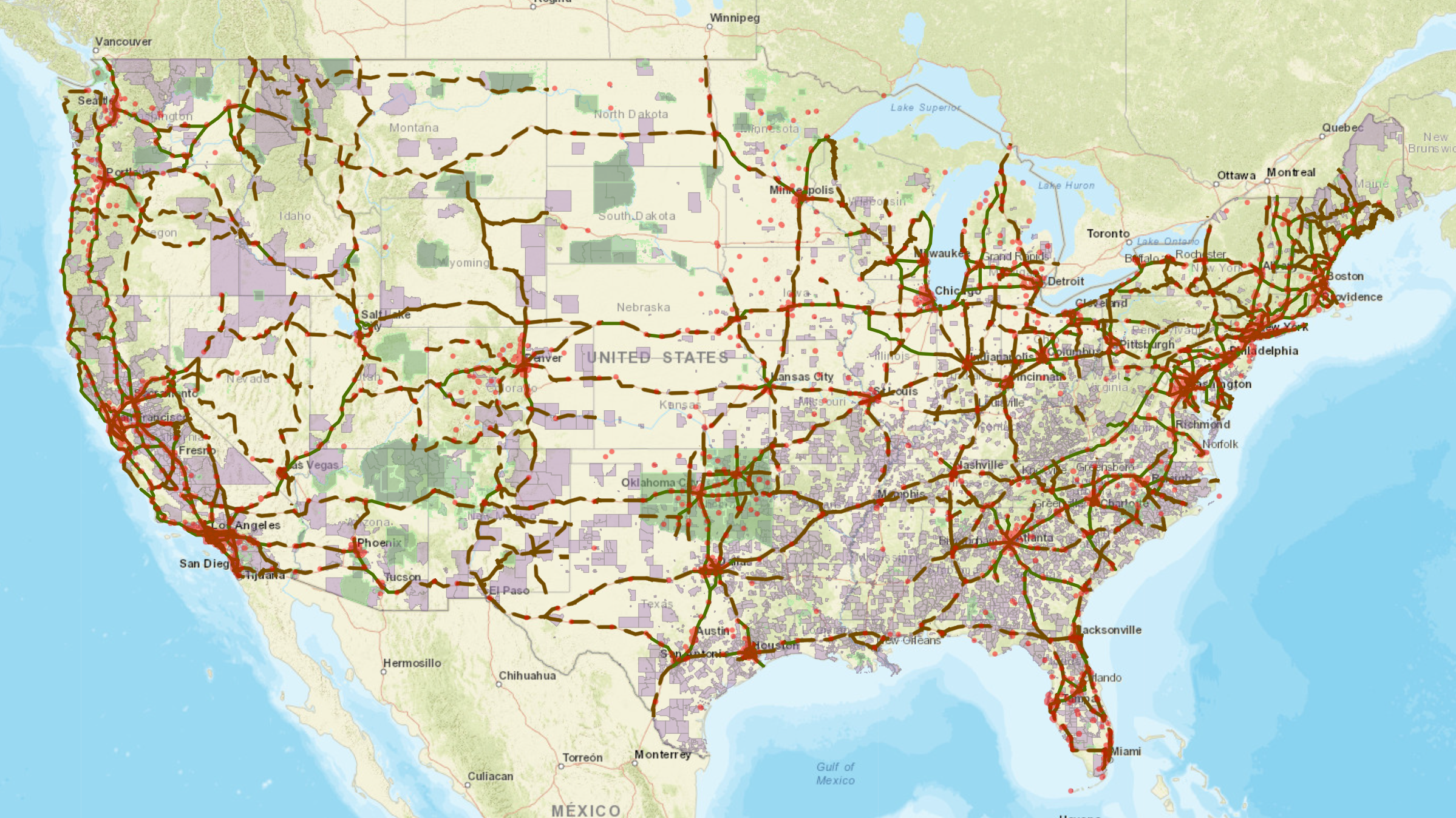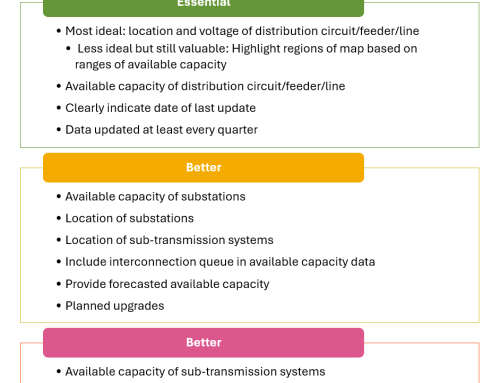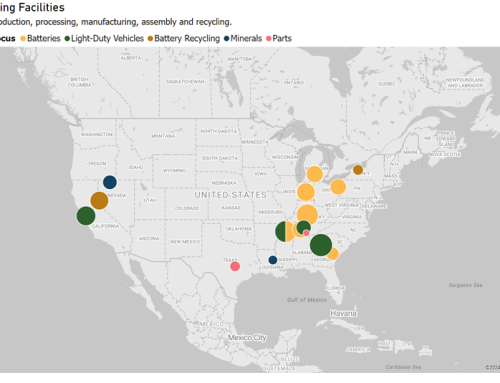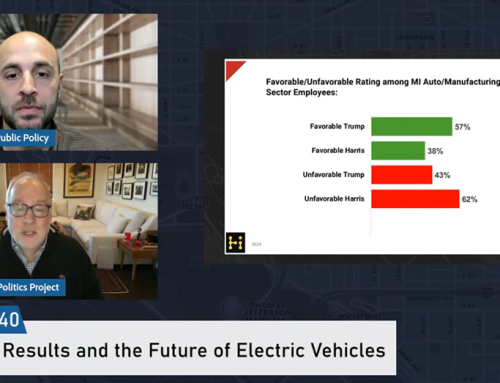
Electric Vehicle (EV) Charging Justice40 Map Tool released last week. Source: Electric Vehicle Charging Equity Considerations
There has been a lot of chatter recently about Justice40 (also J40) and its potential impacts on federal programs. So, this week let’s take a closer look at Justice40 and what it might mean for historic climate investments from the Bipartisan Infrastructure Law.
What is Justice40?
A standard that 40 percent of “overall benefits” from federal programs must flow to “disadvantaged communities”. The standard came from Executive Order 14008 signed by President Biden in January 2021.
There are three key deliverables to come over the next few weeks and months – a first draft of a screening tool, final guidance on Justice40, and a scorecard. More about that later.
What programs does Justice40 apply to?
In the Executive Order, Justice40 applies to certain federal investments including:
-
clean energy and energy efficiency
-
clean transit
-
affordable and sustainable housing
-
training and workforce development
-
the remediation and reduction of legacy pollution
-
the development of critical clean water infrastructure
The Biden Administration is looking at piloting Justice40 in 21 different programs. These programs include programs that are key sources of funding for transportation electrification like the Diesel Emissions Reductions Act Program, the Low or No Emissions Vehicle Program, the Vehicles Technologies Office (Clean Cities) and the Bus and Bus Facilities Infrastructure Investment Program.
How does the Administration define eligible communities?
There are several criteria outlined in a July 2021 memo including:
-
Low income, high and/or persistent poverty
-
High unemployment and underemployment
-
Racial and ethnic residential segregation, particularly where the segregation stems from discrimination by government entities
-
Linguistic isolation
-
High housing cost burden and substandard housing
-
Distressed neighborhoods
-
High transportation cost burden and/or low transportation access
-
Disproportionate environmental stressor burden and high cumulative impacts
-
Limited water and sanitation access and affordability
-
Disproportionate impacts from climate change
-
High energy cost burden and low energy access
-
Jobs lost through the energy transition
-
Access to healthcare
-
Geographic areas within Tribal jurisdictions
Agencies appear to be adjusting these criteria as it applies to their work. For instance, the Department of Transportation has added lack of access to public transportation, air quality, and walkability of communities.
What is the screening tool?
The Administration has spoken about a geospatial screening tool to identify communities most in need and to track the Justice40 initiative. The tool is being developed by Council on Environmental Quality (CEQ) but is behind schedule and there are some concerns with the initial approaches. According to a White House fact sheet from January 2022, the tool will be released for public review “early this year”.
And a scorecard also?
According to a White House update from December, agencies will submit methodologies for “calculating and tracking these benefits so we can ensure accountability and transparency in the Justice40 Initiative for hundreds of programs.” The CEQ pledged to release that information to the public in the form of a scorecard in early 2022.
How does it relate to the Infrastructure Investment and Jobs Act?
The National Electric Vehicle Infrastructure (NEVI) Program guidance released last week offers support for the Justice40 initiative but includes this important clarification: “This does not mean, however, that 40% of all charging infrastructure funded under this program must be located in disadvantaged communities.” It is not clear yet what this means however the key may be to look at the “overall benefits” of programs which include benefits other than simply where chargers are sited.
What has happened so far?
Just last week, Argonne National Laboratory released the Electric Vehicle (EV) Charging Justice40 Map Tool (not to be confused with the Geospatial Mapping Tool). States are encouraged to use the tool in developing their plans and to consider benefits for disadvantaged communities including employment benefits. There is already some commentary including this useful tweet from Alvaro S. Sanchez from the Greenlining Institute that the current definitions are too broad and a risk that corresponding initiatives will not be targeted enough.
The DOT also hosted several webinars including one to determine “data and metrics” that would be best suited to measure impact.
In less positive developments, the author of the December post on Justice40, Dr. Cecilia Martinez quit in January 2022 causing some consternation.
What next?
If timelines are to be believed, there will be a flurry of activity over the coming weeks and months with scorecards, tools and further guidance. Stay tuned.


